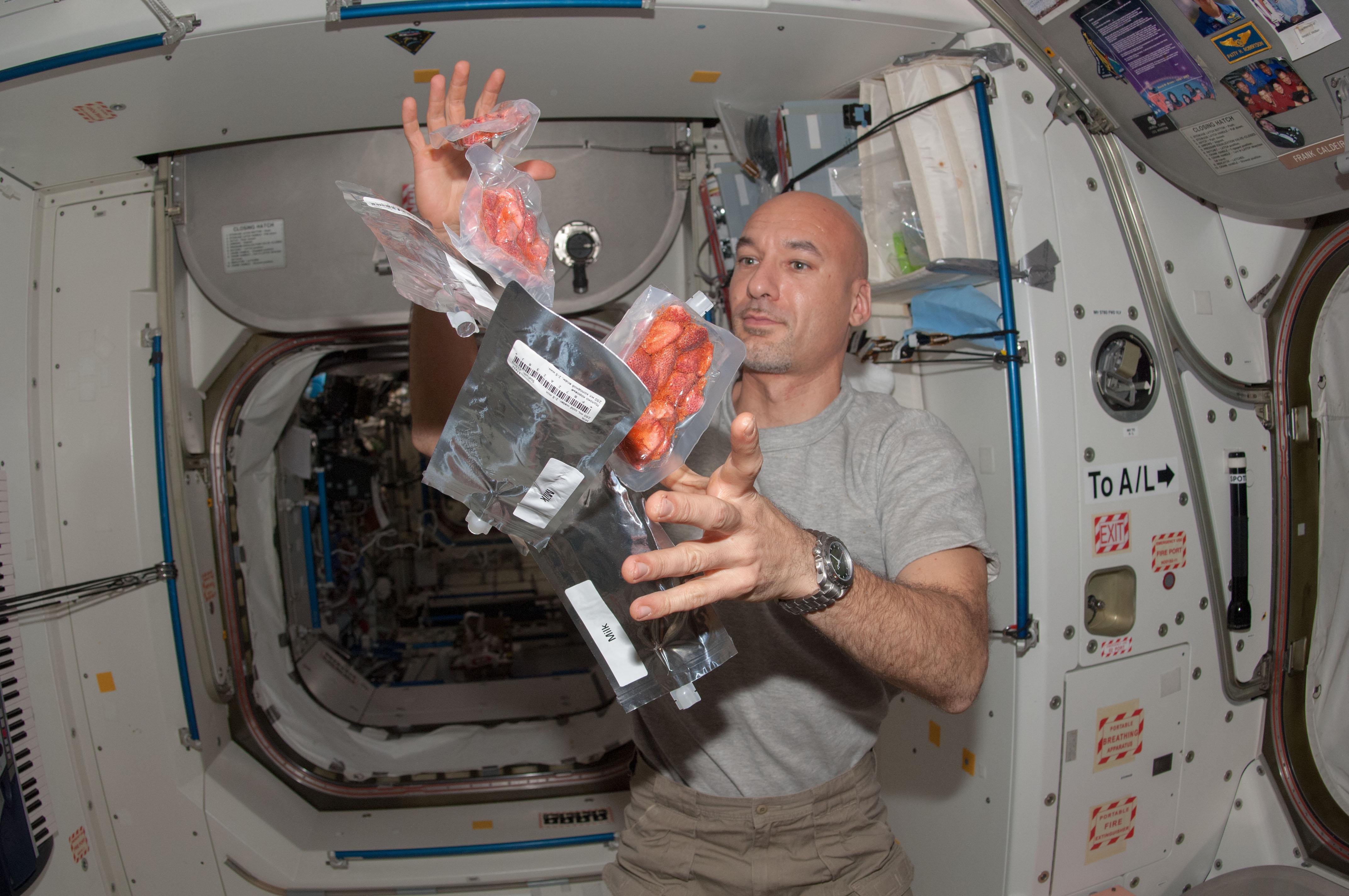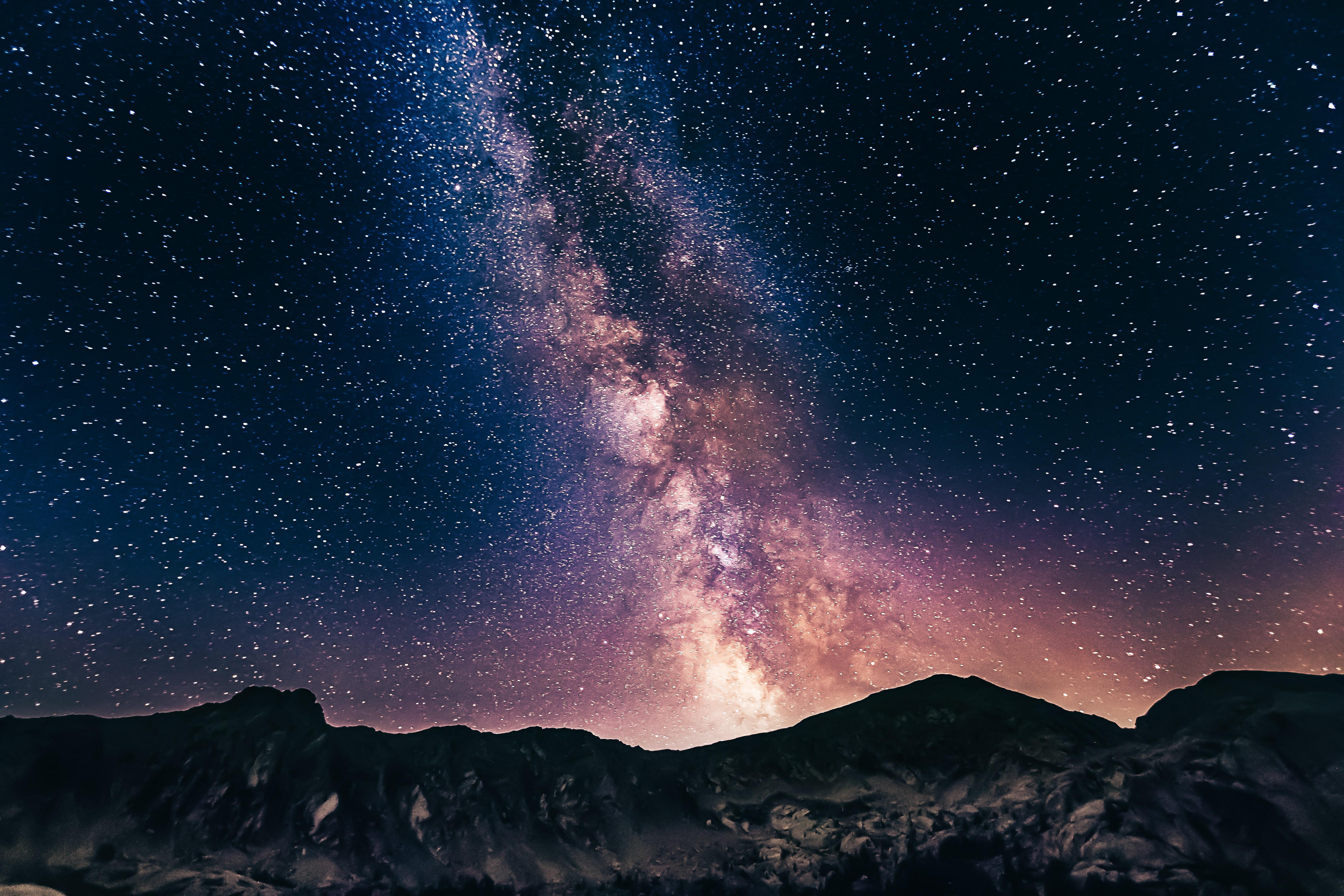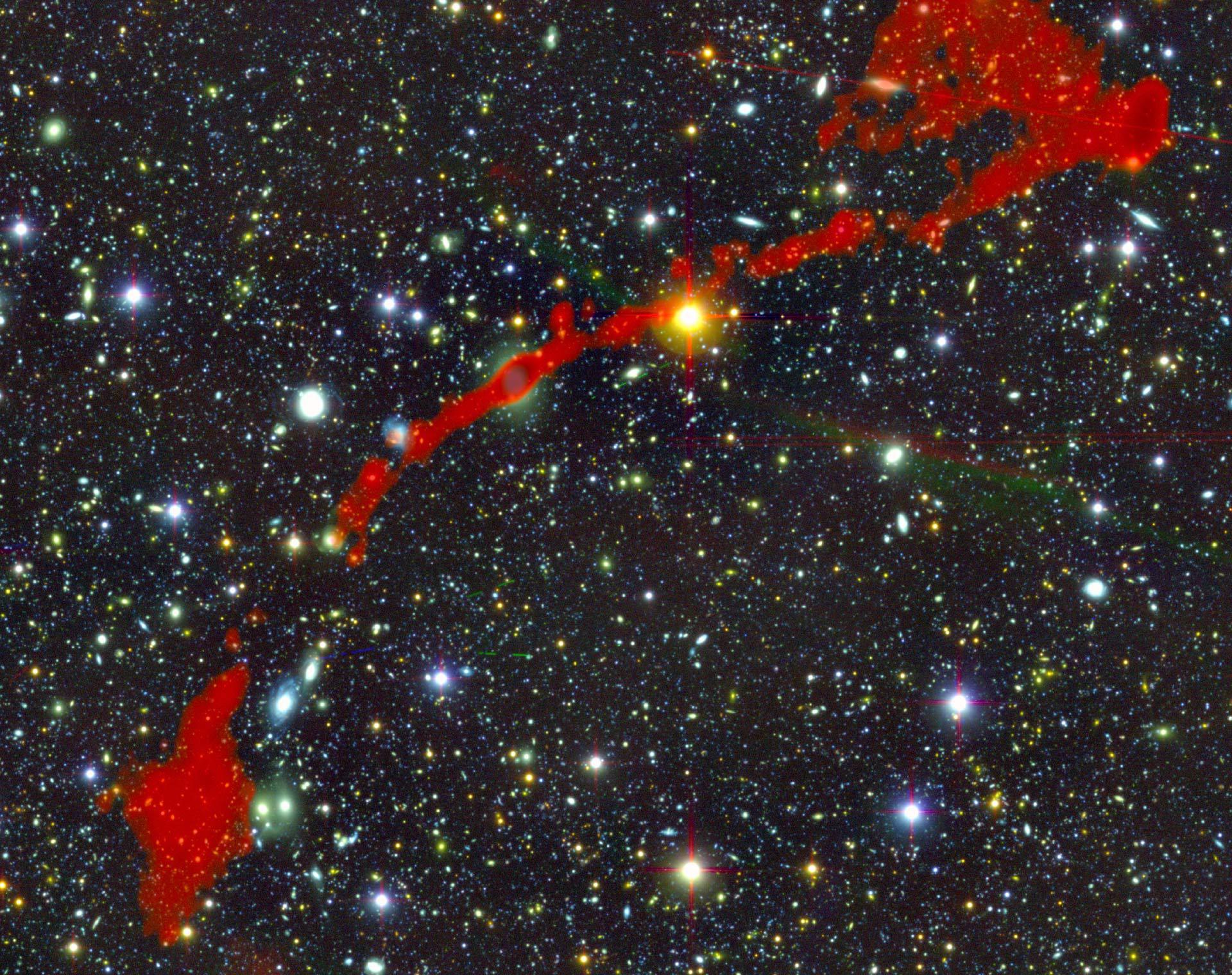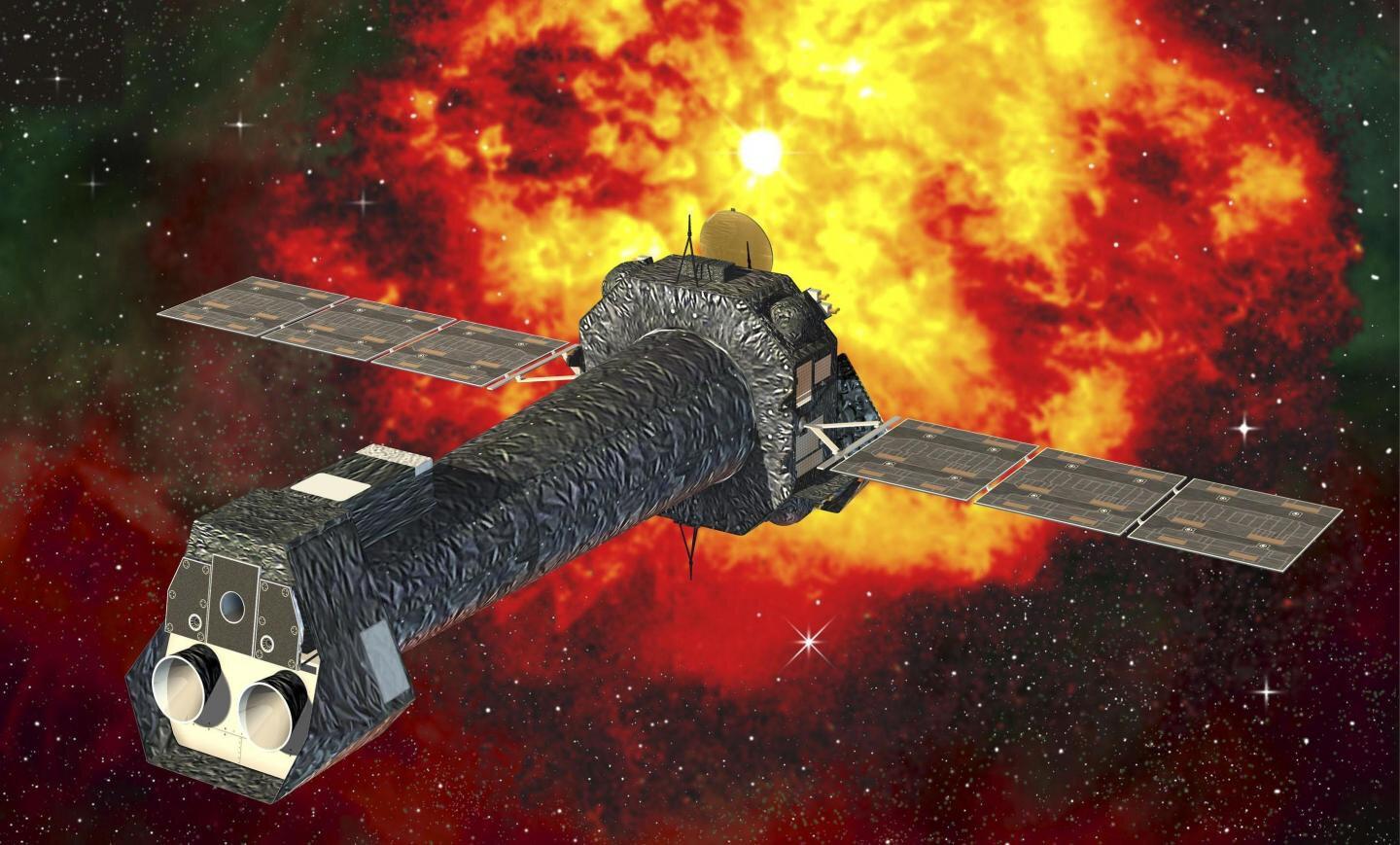Space & Astrophysics
A unique star system where exoplanets orbit their star backwards located by researchers.
One galaxy may have eaten one of its slightly smaller, more primitive neighbors.
The UAE is the first Arab nation to send a spacecraft to the Red Planet.
A new study found the possible reason why some dwarf galaxies appear to not have dark matter.
Scientists with the the Dark Energy Spectroscopic Instrument (DESI) Legacy Imaging Surveys spent six years creating a detailed map of more than 1 billion galaxies.
Get the answer from two physicists who study black holes (albeit from a safe distance).
Artist Seán Doran recently created more than eight hours of high-definition video using images captured by Japan’s SELENE lunar orbiter.
Introducing the Deep Space Food Challenge.
Radar astronomy is nothing new, but a new transmitter may give us unprecedented image resolution.
Researchers discover strange behavior in magnetars, ultra-powerful magnetic stars.
Ari Loeb, who suggested in 2018 that the mysterious object was an alien craft, is back to discuss the evidence.
The space agency describes the process of landing rovers on Mars as “seven minutes of terror.”
A new study analyzed Martian glaciers to discover that the planet had numerous ice ages.
Researchers discover black holes that violate the uniqueness theorem and have “gravitational hair.”
Identifying primordial ripples would be key to understanding the conditions of the early universe.
Dr. Katie Mack explains what dark energy is and two ways it could one day destroy the universe.
▸
9 min
—
with
A unique exoplanet without clouds or haze was found by astrophysicists from Harvard and Smithsonian.
NASA is scrapping its Apollo-era launcher platform to make room for new infrastructure that will support upcoming Artemis missions.
The newly discovered galaxies are 62 times bigger than the Milky Way.
A new study explains how a chaotic region just outside a black hole’s event horizon might provide a virtually endless supply of energy.
To understand ourselves and our place in the universe, “we should have humility but also self-respect,” Frank Wilczek writes in a new book.
A new study proposes mysterious axions may be found in X-rays coming from a cluster of neutron stars.
Valles Marineris on Mars is 10 times longer and three times deeper than Earth’s Grand Canyon.
What lies in store for humanity? Theoretical physicist Michio Kaku explains how different life will be for your descendants—and maybe your future self, if the timing works out.
▸
15 min
—
with
The satellite would burn instead of becoming more space debris.
Boston Dynamics’ notorious robot goes on an interplanetary mission.
The expansion of the universe is speeding up—contrary to what many physicists expected. A “heat death” is coming, but it’s not what you think.
▸
7 min
—
with
The search for alien life is far too human-centric. Our flawed understanding of what life really is may be holding us back from important discoveries about the universe and ourselves.
▸
6 min
—
with
Researchers from Harvard receive permission for a test that may help cool Earth and fight global warming.
Researchers from Norway discover that the Moon’s tides influence the release of methane from the ocean floor.





























